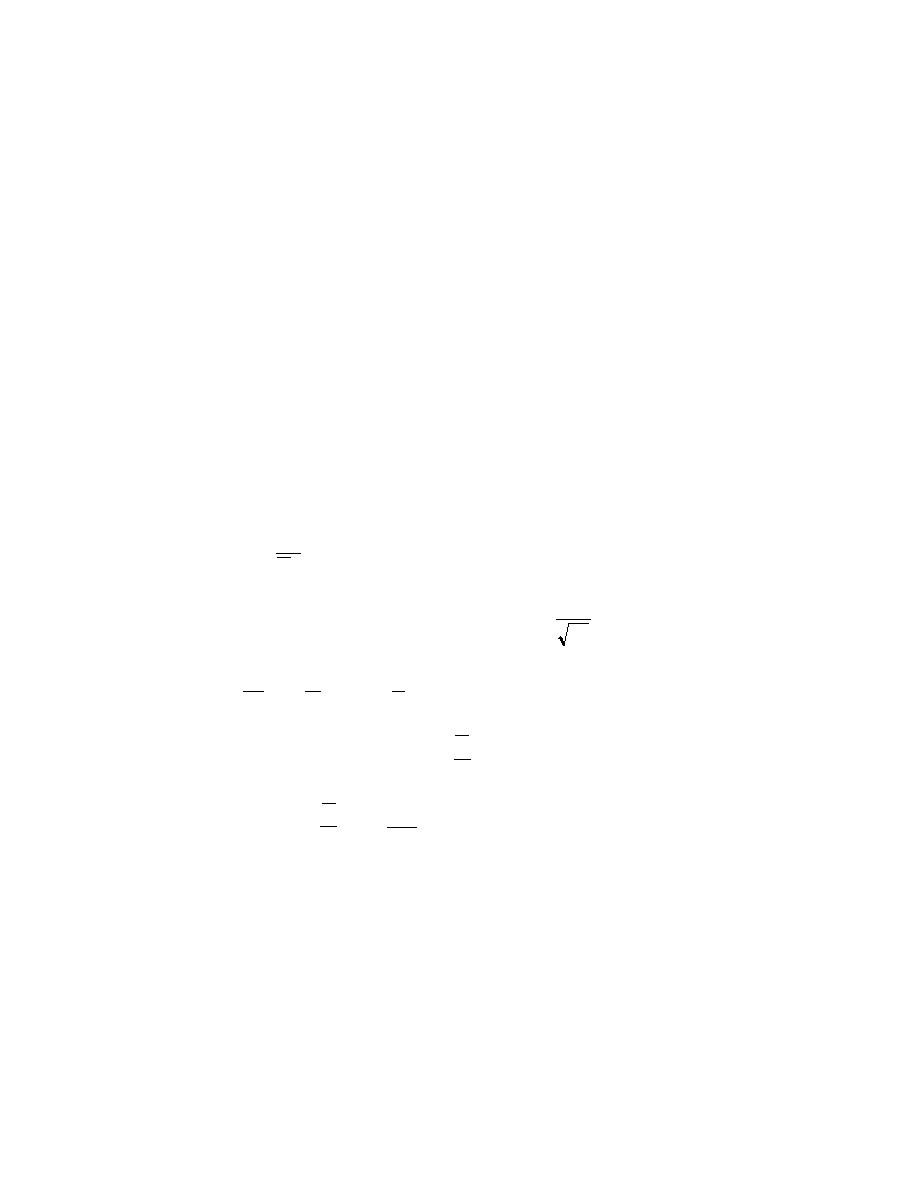
UFC 4-150-06
12 December 2001
Squat. When a vessel is underway in shallow water or situated in a
restricted channel, the water surface near the quarter point of the vessel
drops below the normal level and the vessel tends to settle itself or squat
in the depression (Figure 5-6). The amount of squat depends upon the:
speed of the vessel through the water
distance between the keel and the bottom
trim of the vessel
cross-sectional area of the channel
presence of other vessels in the channel passing or overtaking
the subject vessel, and
location of the vessel relative to the channel's centerline.
The following procedure is recommended for performing preliminary estimations
of squat:
A
.
1. Compute S =
wh
VL
2. Using Figure 5-7 obtain F; compute VL using F =
.
gh
V
h
z
3. Compute
and
; obtain
using Figure 5-8.
VL
D
h
w
4. Multiply by h to obtain zmax, valid for
= 6.
B
∆z
w
, find
from Figure 5-9.
5. For other values of
B
zmax
6. Compute z using z = zmax + ∆z .
The amount of squat will increase when vessels travel near one side of
the channel. This effect has been shown in a model test for a 9.8 m (32-ft) draft by
34.4 m (113-ft) beam vessel in a 152.4 m (500-ft) wide by 13.7 m (45-ft) deep channel
with 1-on-1 side slopes. The results of this test, given in Figure 5-10, show that the
additional squat due to a vessel traveling near the side of a channel is small for slower
velocities. For higher velocities, additional squat due to a vessel traveling near the side
of the channel may be 50 % greater than if the vessel were in the center of the channel.
5-16



 Previous Page
Previous Page
